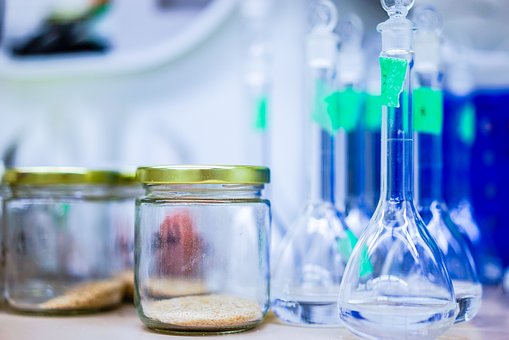How to Safely Transport Chemicals

A chemical is any substance that as a definite chemical property depending on its purity. A chemical is any basic substance that you use to manufacture other compounds and substances through a series of reactions and changes to molecules and atoms. Human beings have used different chemicals for a long time to serve different purposes. Chemicals have been used for medicinal, agriculture, industrial manufacturing, and sometimes for military purposes.
What is the need for transporting chemicals?
Transportation of chemical substances is a daily activity that occurs globally due to numerous reasons. Some of the reasons that make transportation of chemicals necessary include:
- The need to transport chemicals from manufacturers to the final users of the chemical: Depending on the uses of a chemical, manufacturers need to ensure that they deliver them to the final user in various industries and institutions. This makes the transportation of chemicals necessary.
- To transport chemicals to storage facilities: When the chemicals manufactured exceed their current demand, there is a need for the surplus to be stored for future use. Manufacturers transport chemicals to safe storage facilities where highly hazardous substances can be stored without endangering the lives and properties of other people.
- For proper disposal: Chemical wastes are highly toxic and if not disposed well they can be a health hazard. Companies and institutions need to dispose chemical wastes properly. This implies that they have to transport such wastes to federal and state sanctioned disposal points.
Factors to consider when transporting chemicals
Before deciding on the mode of transport to use while moving various chemicals, there is a need to consider the guidelines set by the federal government and the local authorities concerning the transportation of chemicals. You should consider the following factors when preparing to transport chemicals:
- Amount/quantity of chemical substance involved: Transportation of chemicals can be a challenge depending on the amount of chemicals involved. Small quantities might require simple equipment to transport while large amounts will require specialized and complex equipment to transport.
- The distance involved: When chemicals need to be transported over long distances, there is a need to ensure the containment used is durable and will not rapture in case of an accident.
- The toxicity and stability of the chemical: Chemicals have varying degrees of toxicity and stability, factors that will determine the type of containment used to transport a particular chemical.
- You should check the state of the containers used. You should ensure that the containment used in transporting the chemicals is in good condition and will not experience leakages.
- You should check the labeling of the containers. There is a need for proper container labeling as a precautionary measure for the personnel involved in the transportation and handling of the chemical at the destination.
How to transport chemicals safely
To ensure that you transport chemicals safely, you should consider the following steps:
- Separation of incompatible chemicals that can react: Unstable chemicals are likely to react with others and result in other compounds. To ensure that you transport chemicals safely, ensure that the containers used are from stable compounds that cannot readily react with the chemicals you are transporting. You can also use a lining to prevent the chemicals from reacting with the containment used.
- Ensuring that chemicals are secure from authorized access: Chemicals can be highly toxic hence the need for specialized handling. To promote safe transportation, there is a need to ensure that unauthorized persons are not engaged in the transportation process including its packaging, loading, and unloading.
- Put in place firefighting and disaster prevention equipment: If you are transporting highly flammable chemicals, you need to evaluate the chances of a fire breaking out while on the road. To mitigate such risks, it is important to ensure that there are adequate firefighting and disaster prevention equipment. You can achieve this by ensuring that there is a proper use of personal protective equipment (PPE), which is likely to reduce the casualties that can arise from the transportation and handling of flammable chemicals.
- Prepare to handle chemical spillage: You cannot avoid chemical spills during the transportation of chemicals. To ensure that chemicals are transported safely, there is a need to put in place elaborate measures to deal with potential chemical spills.
Sources:

















